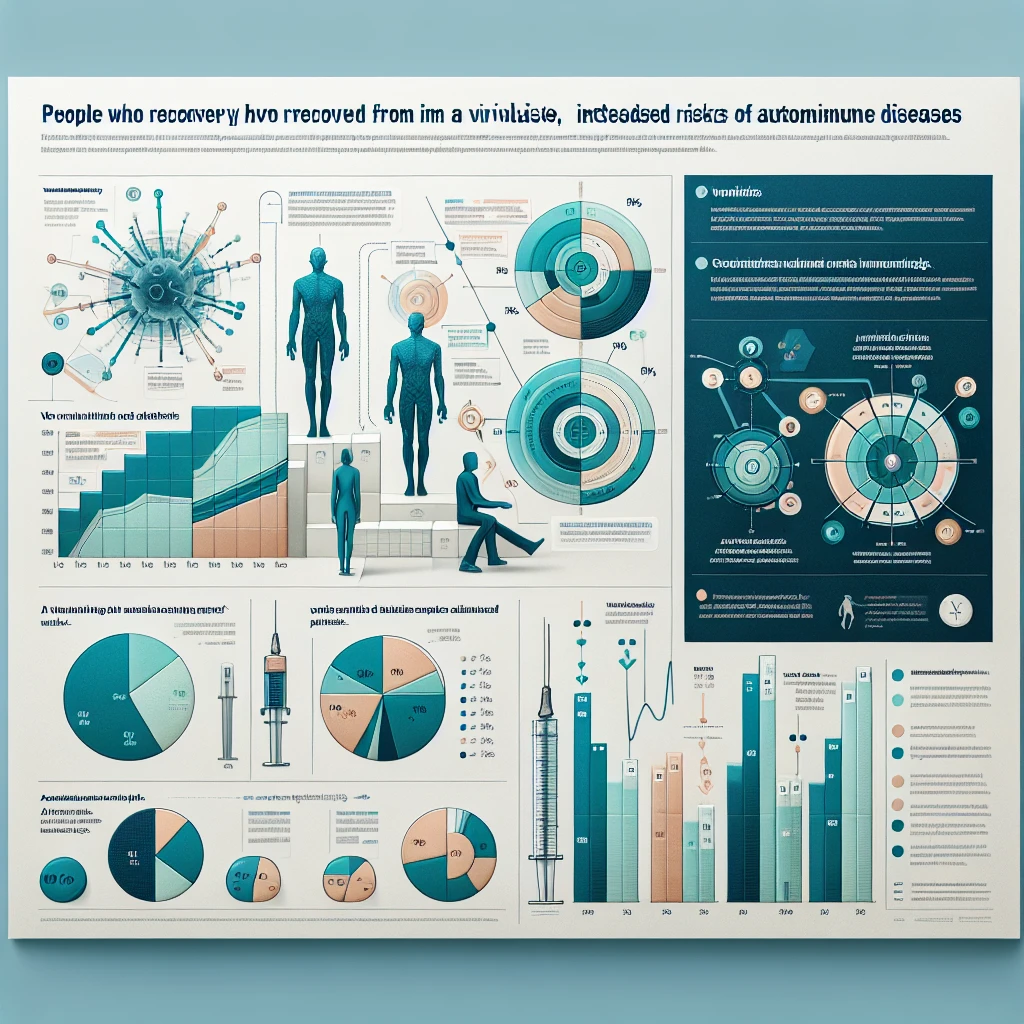
Rising Gray Whale Sightings in San Francisco Bay Explained
Increasing numbers of gray whales are entering San Francisco Bay due to shifting food sources and changing ocean conditions.
Science
Rise in Gray Whales Entering San Francisco Bay: Why?
By Xavier Roxy
June 26, 2024

Gray whales have been taking an unexpected detour off their normal routes along the West Coast, swimming under the Golden Gate Bridge and into San Francisco Bay in unprecedented numbers. Marine scientists have identified at least 71 different gray whales entering the bay between 2018 and 2023, a significant increase from only one or two annually during previous years.
This unusual behavior has sparked concerns among marine biologists, who believe it is linked to food shortages. "We think it has a lot to do with the fact that the whales haven't been getting enough food," said Bill Keener, a biologist with the Marine Mammal Center. Some of these wayward whales are malnourished and may be searching for alternative food sources within the bay.
The increased presence of gray whales in San Francisco Bay also raises their risk of being hit by large vessels, such as cargo ships or oil tankers. Between 2019 and 2023, twenty-two gray whales were found dead in or near San Francisco Bay; six died due to malnutrition, while three died after colliding with ships.
These unusual whale appearances have not only alarmed scientists but also garnered public interest, reminiscent of past incidents involving lost humpbacks like Humphrey in 1985 and the Delta & Dawn duo in 2007.
However, this surge comes amid declining numbers of gray whale populations off the Pacific Coast over recent years. Once hunted nearly to extinction by whaling ships until President Nixon signed the Marine Mammal Protection Act in 1972 banning whaling activities, leading them back from the brink towards recovery, they are again facing challenges that could potentially lead them toward another crisis situation.
Their population rose up to around 27,000 individuals by year-end 2016, according to National Oceanic and Atmospheric Administration (NOAA) estimates, but then saw a dramatic fall, reaching down by about one third by year-end 2022, causing hundreds of malnourished carcasses to wash ashore on beaches across Alaska, Washington, Oregon, California, and Mexico.
The die-off from 2018 to 2023 was likely due to a shortage of food in the Arctic linked with changes in sea ice extent and wind patterns, among other factors. The gray whales' diet primarily includes amphipods—small shrimp-like crustaceans—along with worms and other tiny creatures scooped from the seabed, which seemed scarce during that period.
Despite these challenges, last year saw some positive signs, with gray whale numbers rebounding to as many as 21,000 individuals. NOAA declared an end to what it called a "unusual mortality event" this past November, but scientists are still carefully observing whether this change is temporary or permanent.
John Calambokidis, a research biologist, believes that the unusual detours into San Francisco Bay by migrating gray whales could be related to climate change or natural population fluctuations.
Josephine Slaathaug of the Marine Mammal Center has been tracking these trends closely through her study, which involved more than 11,000 photographs of gray whales taken in San Francisco Bay over the past years, building up a database identifying individual animals based on their distinctive markings. While she continues her research, expanding upon current understanding about these marine mammals under the National Science Foundation fellowship program, one key question remains unanswered: Will the number of bay-visiting gray whales decrease if their Arctic food sources recover and the West Coast population increases?
"We don't understand all drivers," said Slaathaug, who stresses the need for further data collection analysis before reaching any conclusion but acknowledges the fact that dense ship traffic within the bay makes it an unsafe habitat for them.
LATEST ARTICLES IN Science
Adelaide University Receives $2M ARC Linkage Projects Funding.
Scientists vs Looters: The Race for Khufu's Lost Tomb.
Juno Explores Lava Lakes on Jupiter's Moon Io: NASA.
MicrobioTx Debuts India's First Hyper-Personalised Probiotic".
Join Our Newsletter
Popular Articles
-

Mar 13, 2024
Anyone But You - A Romantic Comedy Surprise of 2023 -

Feb 01, 2024
AI Company About to Revolutionize the Medical Space? -

Mar 20, 2024
COVID-19 Survivors at Risk for Autoimmune Diseases -

Jan 27, 2024
Get Rich in a Year with These 3 Coins!




